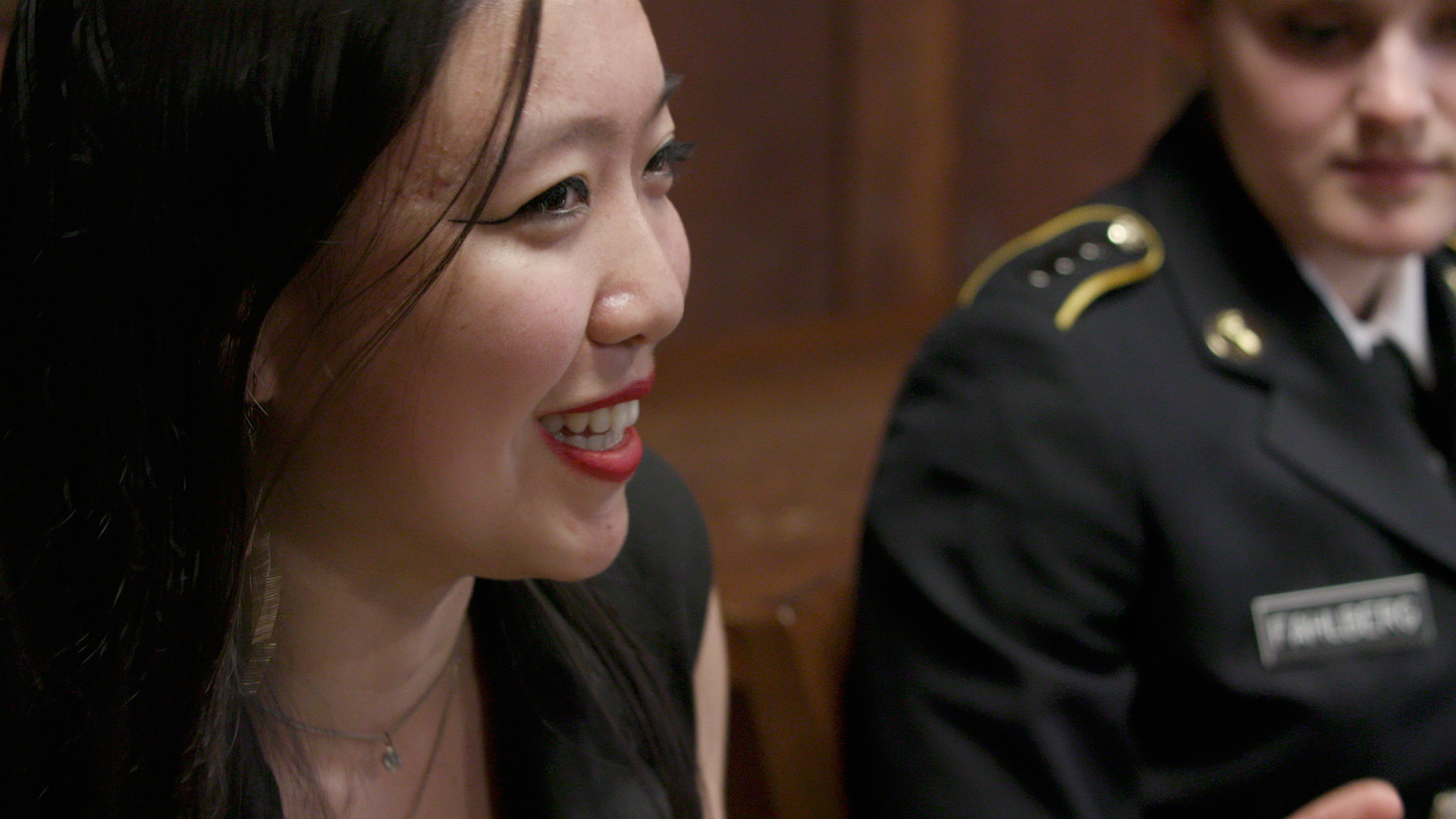I am fortunate to be in the midst of a busy 2017. On the video side, projects have brought me as far afield as Houston and Los Angeles. For those I acted as DP and as a camera operator respectively. Other work, closer to home, has ranged from producing videos from inception to completion to working for others, again, as DP or as a camera operator.
A recent project for Princeton University required a quick turnaround and had a bit of a challenge to it. It was filmed last Wednesday and had to be completed within two days. In the end some more time was allotted over the weekend to make final changes.
The task was filming Princeton’s inaugural event, Celebrating Service at Princeton, which honored its faculty, staff, undergraduate students, graduate students, and community partners for their service and civic engagement activities. The challenge was in making the film about more than the actual event, to have it reflect the larger scope of the activities of the community.
Celebrating Service at Princeton on Vimeo and YouTube.
Time and budget did not allow for creating original b-roll outside of the event and the logistics on the day prohibited creating directed work which would have accomplished the goal of being broadening the finished product. So, to that end still images were requested and they were used to show the range of service and civic engagement at Princeton. Those coupled with what I call finding the story in the footage helped create the scale the client desired.
Finding the story in the footage is a documentary approach, working unscripted and finding moments in the edit that tell the arc of the story. In Celebrating Service at Princeton, participants from within the school and without each speak to activities done alongside the community.
Preproduction for the film included scouting the location and gathering image/graphic assets to be used in the video. Scouting gave me a sense of how the event would be structured and the various satellite sites which needed to be filmed. That information with knowing the expected crowd size helped determine that we would be better off on monopods rather than on sticks and which lenses would work best (crew was myself and one other camera operator). Scouting also allowed me to think through the audio.

My second camera operator, Chris, and I would not be able to individually mic the three podium-based presenters or the ten panelists who would be spread across two seminar rooms. Having an audio tech or two on site would have been ideal but was not in the cards. So, the location-scout based plan was to use the line-out of the podium to record the three presenters’ audio, also have a backup audio recorder in place, and then use shotgun mics in the seminar rooms.
The plan for the podium audio had to be changed the day of the event when we arrived to find the podium line-out already in use feeding a pair of external speakers. The work-around I created was to piggyback a RodeLink lav onto the podium mic and feed it wirelessly to the camera. This proved to be a great solution: it was inconspicuous and it let me monitor the audio via my camera. I still used an external audio recorder tucked into the podium as additional level of backup.
Scouting ahead of time also meant I could preselect the seminar rooms. This was helpful as all of the rooms were small, some had large center tables which would have made for bad visuals, and some had sound issues. Given the small size of each room I requested that my two selections, one for me to film in and one for the B-camera to film in, be video-only. Stills photographers would work the other seminar sessions. This kept the rooms quieter, relatively speaking, and ensured some control over the tight quarters.

Gathering the graphic assets (b-roll stills, logos, and fonts) and guidelines for the credits during preproduction allowed me to concentrate on the edit once I hit postproduction.
Cameras used were a C300 Mark II with the 18-80mm zoom and a C300 with a 24-105mm zoom. Both were set to ISO 3200. Custom white balances in each camera were preset for each space where that particular camera would film. In order to speed the edit each camera shot in a Wide DR picture profile. The C300 Mark II set to 10-bit 1080 and Rec 709. The C300 essentially shooting the same except at 8-bit.
I did want some movement to the camera to add energy to the footage. This worked well when filming the panelists in the seminar rooms. The C300 Mark II’s 18-80mm lens was set to IS C, its “tripod” IS mode. When filming the presenters in the larger space it proved a bit too subtle. The 18-80mm’s IS setting A would have been better. So, the presenters footage had stabilization added in post to compensate.
The lens used on the C300, the 24-105mm f/4 (Mark I version), has IS which was turned on for the duration of the shoot. It does not have the multiple IS options found on the 18-80mm lens.
B-Camera: Christopher Flanegan.
Music: From Truth by Dexter Britain.
The project was produced by the Service and Civic Engagement Steering Committee at Princeton University.
Much thanks to Pam Edelman and Gwen McNamara.
